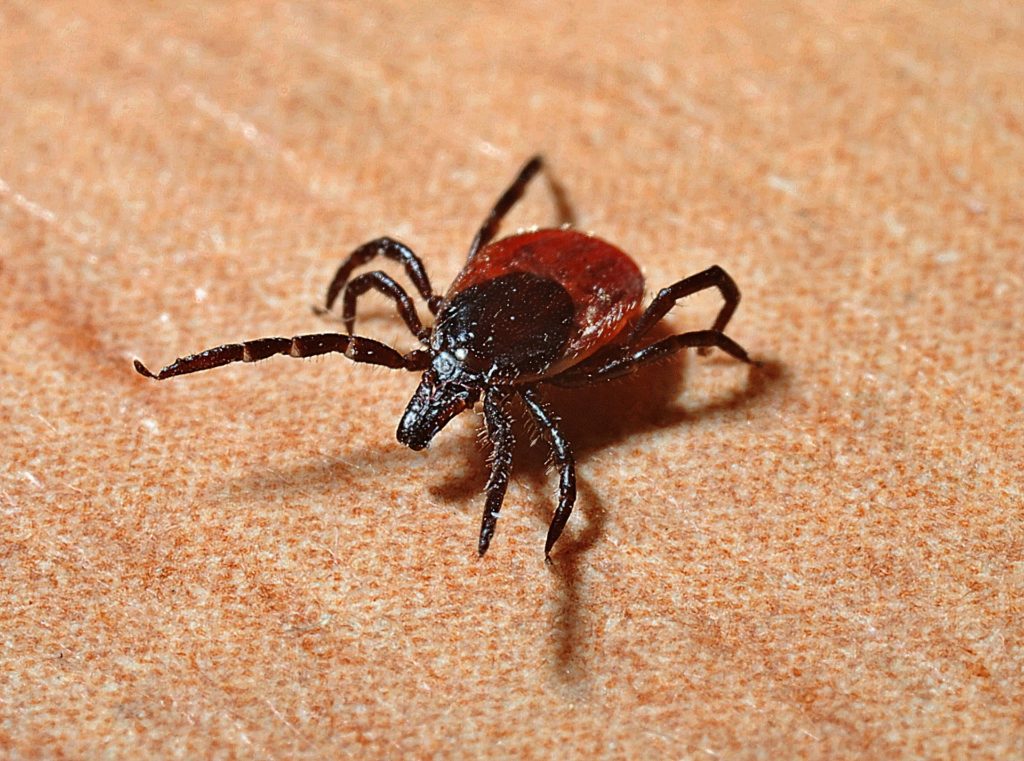
An independent panel convened by the National Institutes of Health concluded that individualized, patient-centred care is needed to treat and monitor the estimated 100 million Americans living with chronic pain. To achieve this aim, the panel recommends more research and development around the evidence-based, multidisciplinary approaches needed to balance patient perspectives, desired outcomes, and safety.
“Persons living with chronic pain have often been grouped into a single category, and treatment approaches have been generalized with little evidence to support this practice,” said Dr. David B. Reuben, panel chair and professor of medicine at the David Geffen School of Medicine at the University of California, Los Angeles. “Chronic pain spans a multitude of conditions, presents in different ways, and requires an individualized, multifaceted approach.”
Chronic pain is often treated with prescription opioids, but the panel noted widespread concern with this practice. Although some patients benefit from such treatment, there are no long-term studies on the effectiveness of opioids related to pain, function, or quality of life. There is not enough research on the long-term safety of opioid use. However, there are well-documented potential adverse outcomes, including substantial side effects (e.g., nausea, mental clouding, respiratory depression), physical dependence, and overdose — with approximately 17,000 opioid-related overdose deaths reported in 2011.
“Clearly, there are patients for whom opioids are the best treatment for their chronic pain. However, for others, there are likely to be more effective approaches,” stated Dr. Reuben. “The challenge is to identify the conditions for which opioid use is most appropriate, the alternatives for those who are unlikely to benefit from opioids, and the best approach to ensuring that every patient’s individual needs are met by a patient-centered health care system.”
The panel identified several barriers to implementing evidence-based, patient-centered care. For example, many clinicians do not have tools to assess patient measures of pain, quality of life, and adverse outcomes. Primary care practices often do not have access to multidisciplinary experts, such as pain management specialists. Insurance plans may not cover team-based, integrative approaches that promote comprehensive, holistic care. In addition, some plans do not offer effective non-opioid drugs as first-line treatment for chronic pain, thus limiting a clinician’s ability to explore other avenues of treatment. Once a health provider has made the decision to use opioids, there are insufficient data on drug characteristics, dosing strategies, or tapering to effectively guide clinical care.
“We have inadequate knowledge about treating various types of pain and how to balance effectiveness with potential harms. We also have a dysfunctional health care delivery system that promotes the easiest rather than the best approach to addressing pain,” noted Dr. Reuben.
To address knowledge gaps, the panel cited a need for more research on pain, multidisciplinary pain interventions, the long-term effectiveness and safety of opioids, as well as optimal opioid management and risk mitigation strategies. However, because well-designed longitudinal studies can be large, expensive, and difficult for recruitment, the panel encouraged the development of new research design and analytic methods to answer important research and clinical questions.
The panel also recommended engaging electronic health record vendors and health systems to provide pain management decision support tools for clinicians. In addition, the panel advised the NIH and other federal agencies to sponsor more conferences to harmonize pain assessment and treatment guidelines to facilitate consistent clinical care for the treatment of chronic pain.
